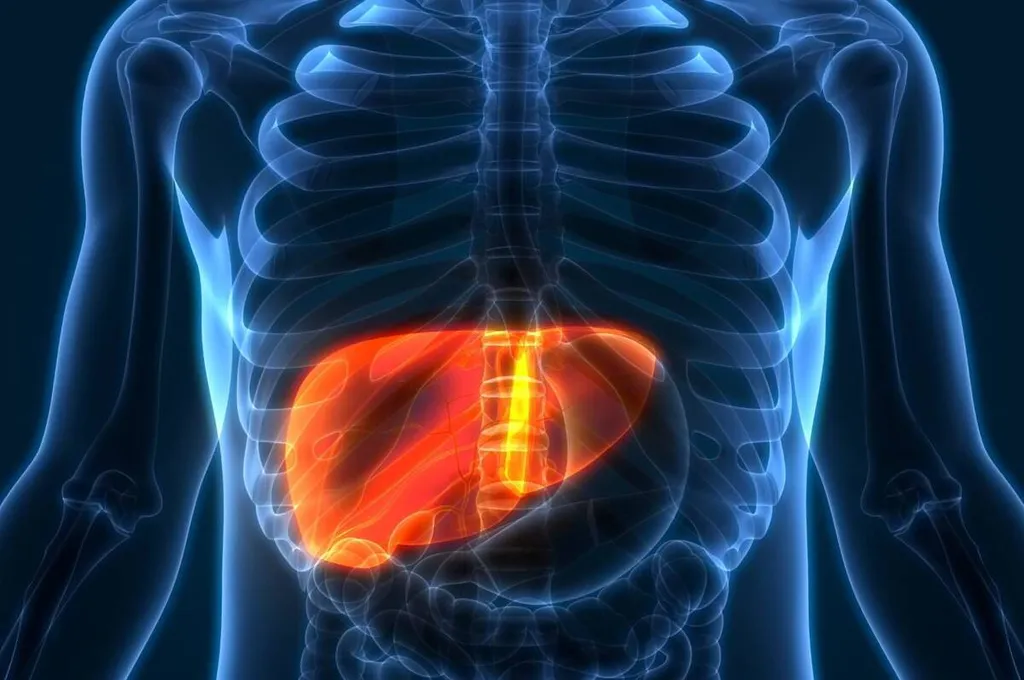In the relentless pursuit of more effective cancer treatments, a team of researchers led by Shahla Kianamiri from the Nano-Biotechnology Department at Tarbiat Modares University in Iran has made a significant stride. Their work, published in the journal Scientific Reports (translated to “Scientific Reports” in English), introduces a novel curcumin nanocarrier designed to target mitochondria, potentially revolutionizing the treatment of hepatocellular carcinoma (HCC), a particularly challenging form of liver cancer.
The team’s innovation lies in the synthesis of a curcumin nanocarrier, dubbed TDC, by modifying PAMAM G4 dendrimers with triphenylphosphonium (TPP). This modification enables the nanocarrier to target the mitochondria of cancer cells, which have a higher membrane potential compared to normal cells. “By leveraging the unique properties of cancer cell mitochondria, we aim to enhance the anticancer activity of curcumin,” Kianamiri explains.
The results of their in vivo experiments on mice models are promising. TDC significantly influences the immune response, increasing the levels of INF-γ and IL-4 in tumor lysis-stimulated splenocytes. Moreover, TDC induced a remarkable 3.5-fold increase in the sub G1 phase cell population in tumor-positive groups compared to healthy groups. This suggests a substantial enhancement in the rate of apoptosis, or programmed cell death, in cancer cells.
The team also observed a 40–50% increase in reactive oxygen species (ROS) and overall apoptosis rates in tumor-positive mice treated with TDC. Additionally, TDC upregulated pro-apoptotic genes (bax, p53) and downregulated oncogenic genes (bcl2, p21, xiap) in cancerous liver tissues, further underscoring its potential as a targeted cancer therapy.
Ex vivo investigations on mitochondria isolated from liver and brain tissues revealed elevated levels of ATP, malonaldehyde (MDA), and ROS, along with reduced glutathione (GSH) levels, all of which are indicative of apoptosis. Furthermore, biodistribution findings showed that TDC accumulates more effectively in tumors and liver tissues compared to free curcumin (FC), likely due to the rapid elimination of FC at the tested concentration.
The implications of this research are profound. By enhancing the targeting and efficacy of cancer treatments, TDC could potentially reduce the systemic toxicity associated with current therapies. This could lead to more effective and safer treatments for HCC and possibly other types of cancer.
As Kianamiri notes, “Our findings suggest that mitochondrial targeting could be a promising approach to induce a stronger anticancer effect.” This research not only advances our understanding of targeted cancer therapies but also paves the way for future developments in the field. The commercial impacts could be substantial, particularly in the energy sector, where similar targeting mechanisms could be applied to improve the efficiency and specificity of various biotechnological processes.
In the ever-evolving landscape of cancer research, this study stands as a testament to the power of innovative thinking and cutting-edge technology. As we continue to unravel the complexities of cancer, breakthroughs like this offer hope for a future where cancer is not just managed but conquered.

